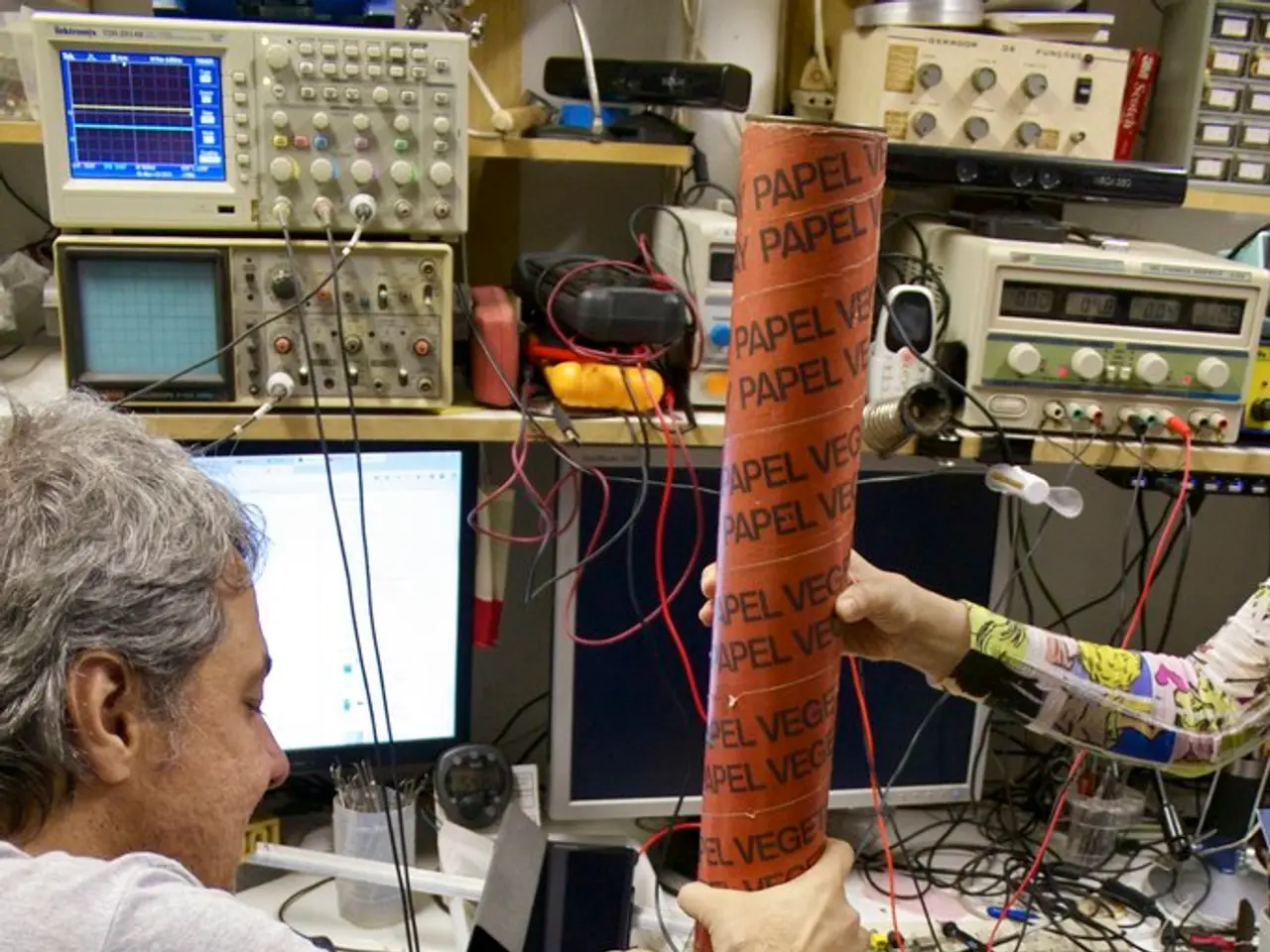Employing Technology to Infuse Humanity into Jobs
In the wake of the pandemic, the business landscape has undergone a significant transformation, with traditional marketing assumptions being challenged and the rules of engagement changing. As we navigate this new normal, the strategic implementation of smart technology in workplaces can prove instrumental in improving employee well-being, productivity, and quality of life.
One of the key advantages of smart tech is its ability to streamline administrative tasks, freeing employees from mundane duties and allowing them to focus on more meaningful work. AI and automation can handle routine tasks such as scheduling, data entry, and status reporting, thereby reducing burnout and enhancing the overall employee experience. For instance, Caretech has successfully implemented AxisCare to simplify scheduling and reduce administrative tasks for caregivers, enabling them to devote more time to clients.
Moreover, smart tech can offer personalized support tools to boost engagement and retention. Chatbots and virtual assistants can assist employees with onboarding, training schedules, and FAQs, thereby enhancing their overall experience. These tools can also provide personalized coaching and career development, further boosting employee morale and reducing burnout.
As we transition towards a more tech-driven work environment, it's crucial to redesign jobs to focus on human strengths. AI can be used to streamline hiring processes, allowing HR to focus on developing talent and strategic planning. Role reframing can train employees in behaviour-focused roles that emphasise problem-solving and strategic thinking, rather than routine tasks. Furthermore, AI-driven training can recommend personalised learning paths based on performance metrics and future skill demands, ensuring continuous learning and skill development.
However, the strategic implementation of smart tech is not without its challenges. It's essential to ensure transparency in AI systems' decision-making processes and data usage to avoid surveillance concerns. Robust data privacy policies should be implemented to protect employee data and prevent misuse. Balanced monitoring tools can help identify areas of inefficiency and support employees without intruding on their privacy. Regular feedback from employees is also crucial to ensure that smart tech implementations align with their needs and concerns, reducing potential negative impacts.
In conclusion, smart tech should aim to make workplaces healthier and happier. As we move forward, companies must choose smart tech wisely, as their choices will influence how employees, investors, and stakeholders perceive the company. The right technology should fit seamlessly into the work cycle it seeks to replace. By focusing on these strategies, workplaces can effectively leverage smart tech to enhance employee well-being and productivity while minimising risks. As Walt Disney once said, "Do what you do so well that they will want to see it again and bring their friends." In the post-pandemic world, this sentiment rings truer than ever.
- In the transition to a more tech-driven work environment, remote work environments can be enhanced through smart technology, promoting workplace-wellness and health-and-wellness by providing personalised support tools that boost employee engagement and retention.
- Embracing smart technology in businesses can lead to positive financial outcomes, as AI and automation can handle routine tasks, freeing employees for more meaningful work and reducing employee burnout, ultimately boosting productivity.
- The strategic use of technology in the business sector also allows for a redesign of job roles, refocusing on human strengths such as problem-solving and strategic thinking, while AI can be used to streamline hiring processes, aiding in talent development and strategic planning. However, it's crucial to address potential challenges, such as data privacy and surveillance concerns, by implementing robust policies and balanced monitoring tools.




